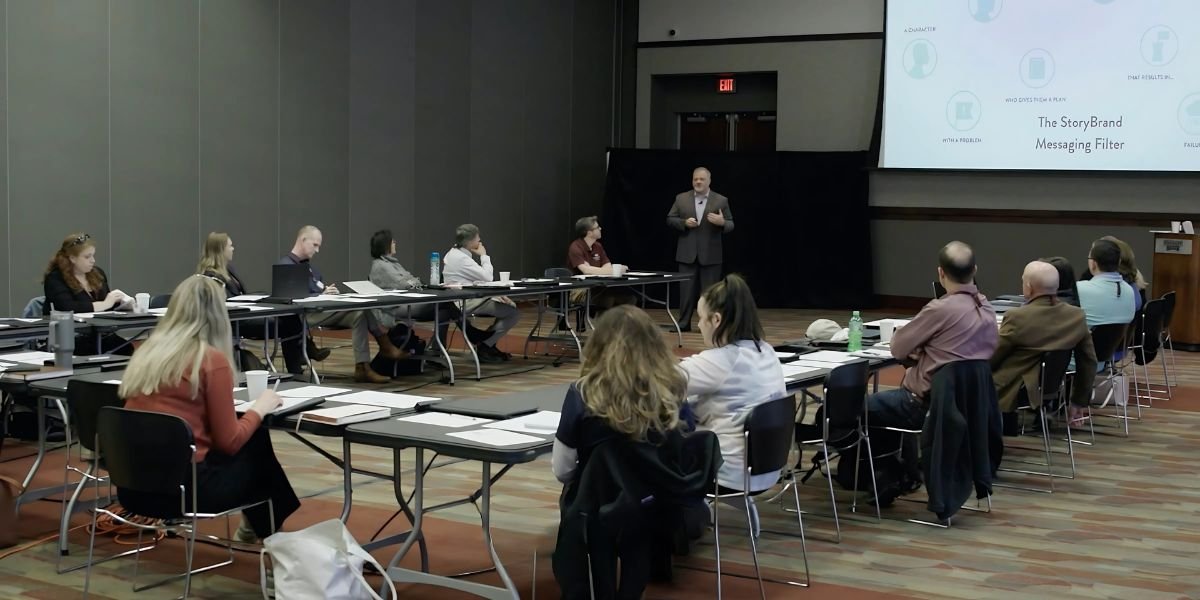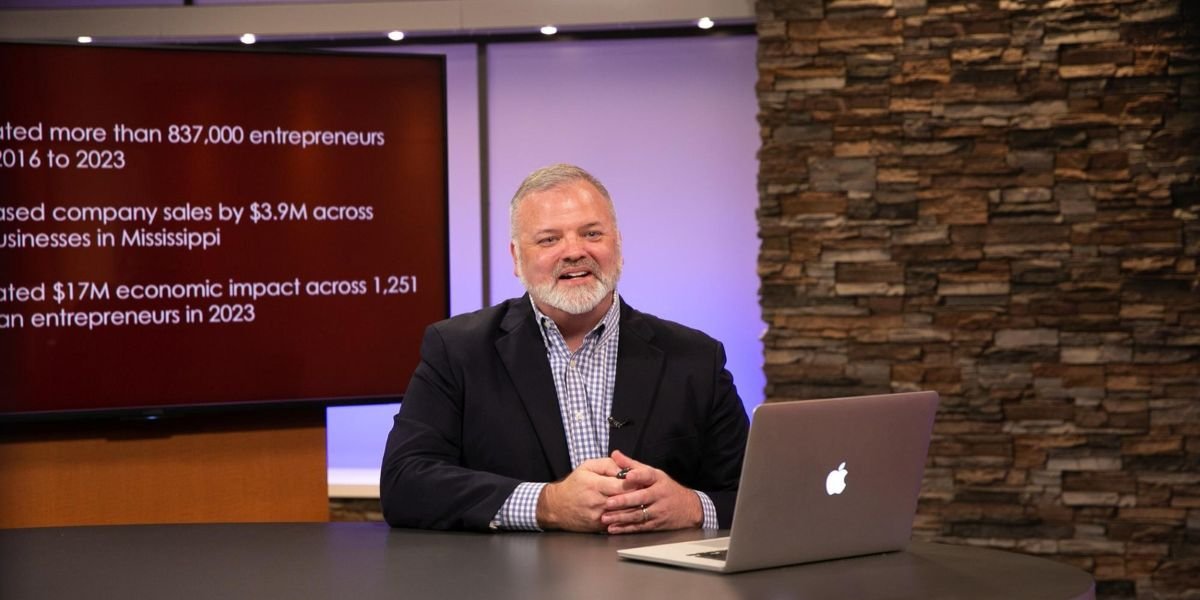Rural Entrepreneurs Rise from Bricks to Clicks®: How Digital Marketing is Helping Small-Town Businesses Adapt
Across America’s rural heartland, a quiet shift is underway. It’s not about land disputes or crop yields, but something increasingly critical for small-town entrepreneurs. Despite grit, innovation, and age-old work ethics, many small businesses in rural areas—not just in America, but globally—often struggle to stay afloat. Often, it’s not due to a lack of good products or determination, but because they’ve faced challenges keeping up with the digital revolution.
The digital marketplace has expanded rapidly, yet outdated systems, high infrastructure costs, and limited digital education have created significant barriers for rural businesses. Navigating sophisticated algorithms, digital gatekeepers, and global competition can feel overwhelming, and the outlook may appear bleak. But thanks to an innovative program born out of Mississippi State University, these challenges are becoming easier to address.
The Bricks to Clicks Approach
The Bricks-to-Clicks® is a statewide Extension program, founded in 2012 by digital marketing expert Dr. James Barnes, that is helping redefine opportunities for rural entrepreneurs. Designed to empower small businesses with practical digital marketing strategies, the program offers online courses, workshops, personalized coaching, and expert insights to help business owners adapt and grow in the digital economy.
It’s more than just a marketing initiative; it’s a valuable resource. Entrepreneurs are discovering how to optimize their online presence, leverage social media more effectively, and use tools like artificial intelligence to strengthen their marketing strategies.
“This isn’t just about e-commerce; it’s about building sustainable businesses,” says Dr. Barnes. “We’re giving entrepreneurs the tools they need to compete more effectively in today’s world.”
Notable Impact
Since its inception, the Bricks-to-Clicks® program has supported 15,473 entrepreneurs worldwide, including 4,038 military veterans through Mississippi State’s popular “Boots to Business” initiative. Veterans from Germany, Japan, Guam, and South Korea have participated in live Zoom workshops, where they’ve learned topics like “5 Marketing Strategies to Grow Your Business” and “Marketing Made Easy with AI Tools.”
Additionally, over 11,000 non-veteran entrepreneurs across the U.S. have gained insights from workshops, online courses, and masterclasses. From guidance on social media planning to comprehensive digital strategies, the program helps participants develop skills to support long-term growth.
Success Stories

Photo Courtesy: James Barnes
Take the example of an agribusiness in rural Mississippi. Facing declining customers, MG Farms, Inc., worked with Bricks-to-Clicks®. By implementing new Facebook advertisements and content, they refreshed their online presence and attracted new buyers.
Stories like this highlight the potential of digital innovation to make a difference.
The Expert Behind the Progress
The driving force behind the program is Dr. James Barnes. With over 20 years of experience in marketing and economics, his credentials are highly respected. An Extension Professor and Economist at Mississippi State University, Dr. Barnes has dedicated his career to empowering entrepreneurs.

Photo Courtesy: James Barnes
His approach is pragmatic and forward-thinking, simplifying complex marketing theories into real-world applications. With advanced education from institutions like the University of Missouri and Oklahoma State University, Dr. Barnes is an author, educator, and digital marketing strategist committed to helping small-town businesses succeed in the digital age.
A Positive Shift for Rural America
The achievements of Bricks-to-Clicks® suggest that with the right tools and training, rural businesses can hold their own in the digital space.
But the program’s significance goes beyond individual entrepreneurs. It underscores the need for policy reforms that invest in rural infrastructure, digital education, and high-speed internet access. With support from land-grant universities like Mississippi State University, programs like Bricks-to-Clicks® demonstrate that revitalizing rural economies is an achievable goal.
Taking Steps Toward a Digital Future
For rural entrepreneurs looking to explore the digital arena, the Bricks-to-Clicks® marketing program offers actionable strategies and support. From hands-on coursework to expert mentorship, more information is available on their website at https://brickstoclicks.extension.msstate.edu/.



